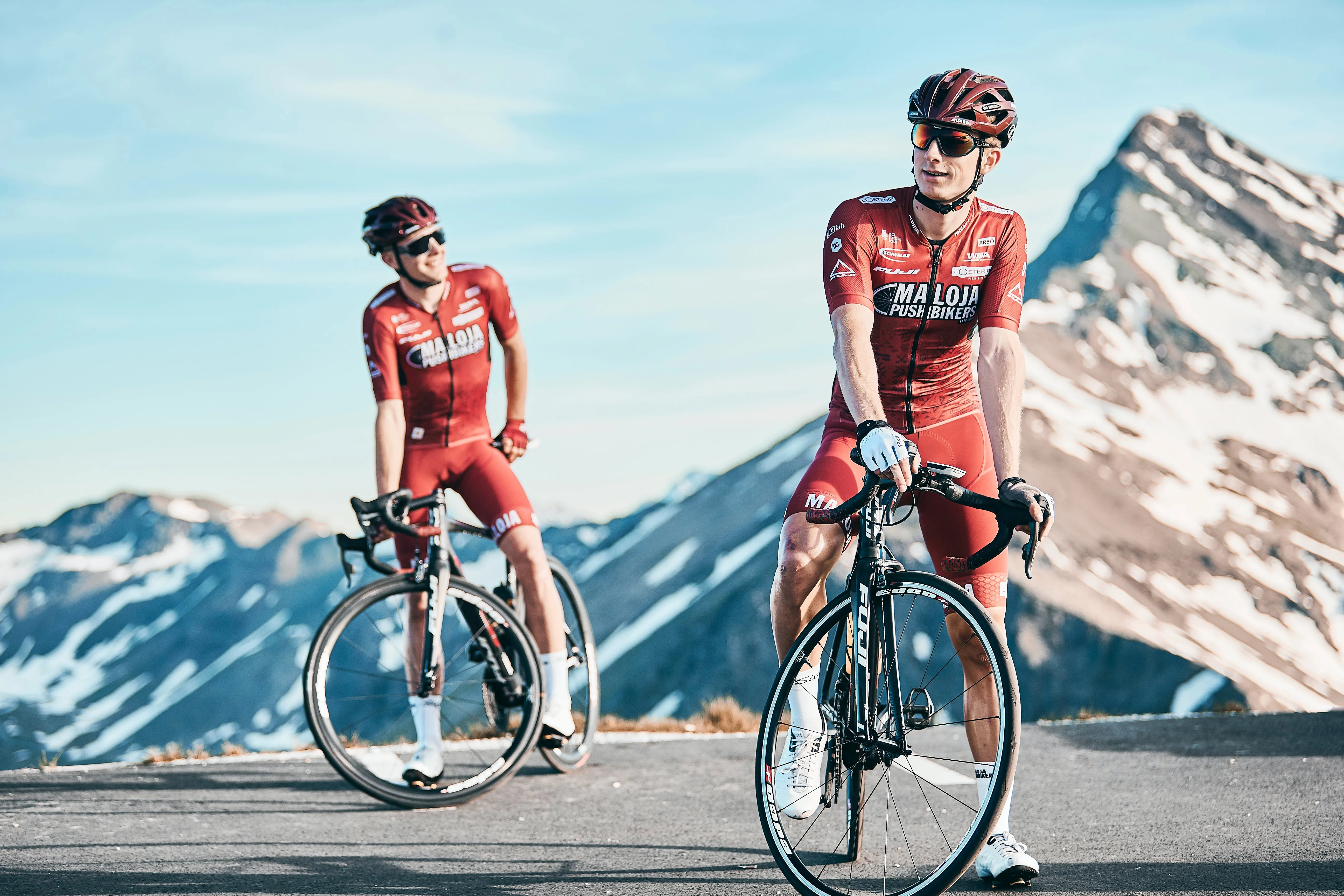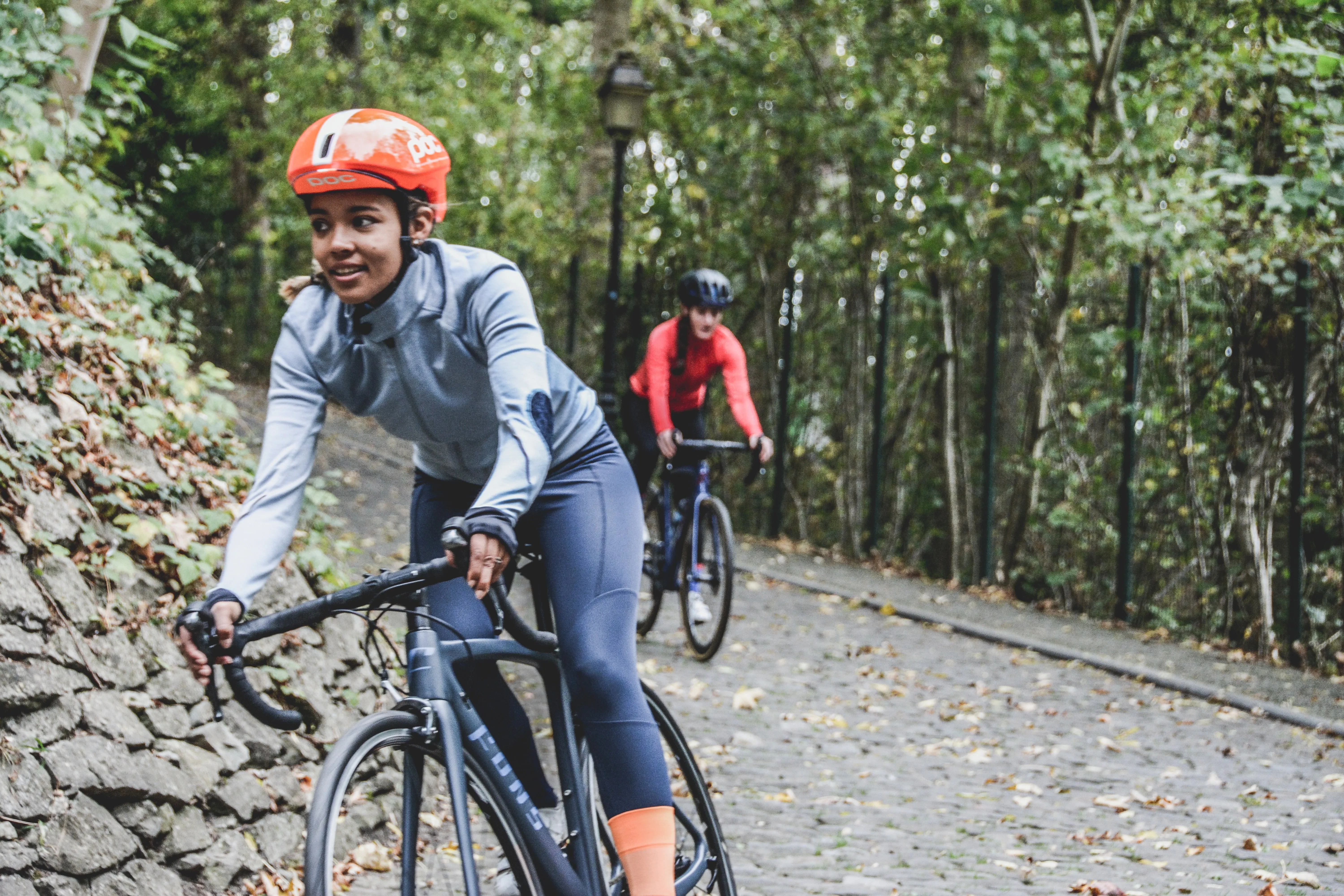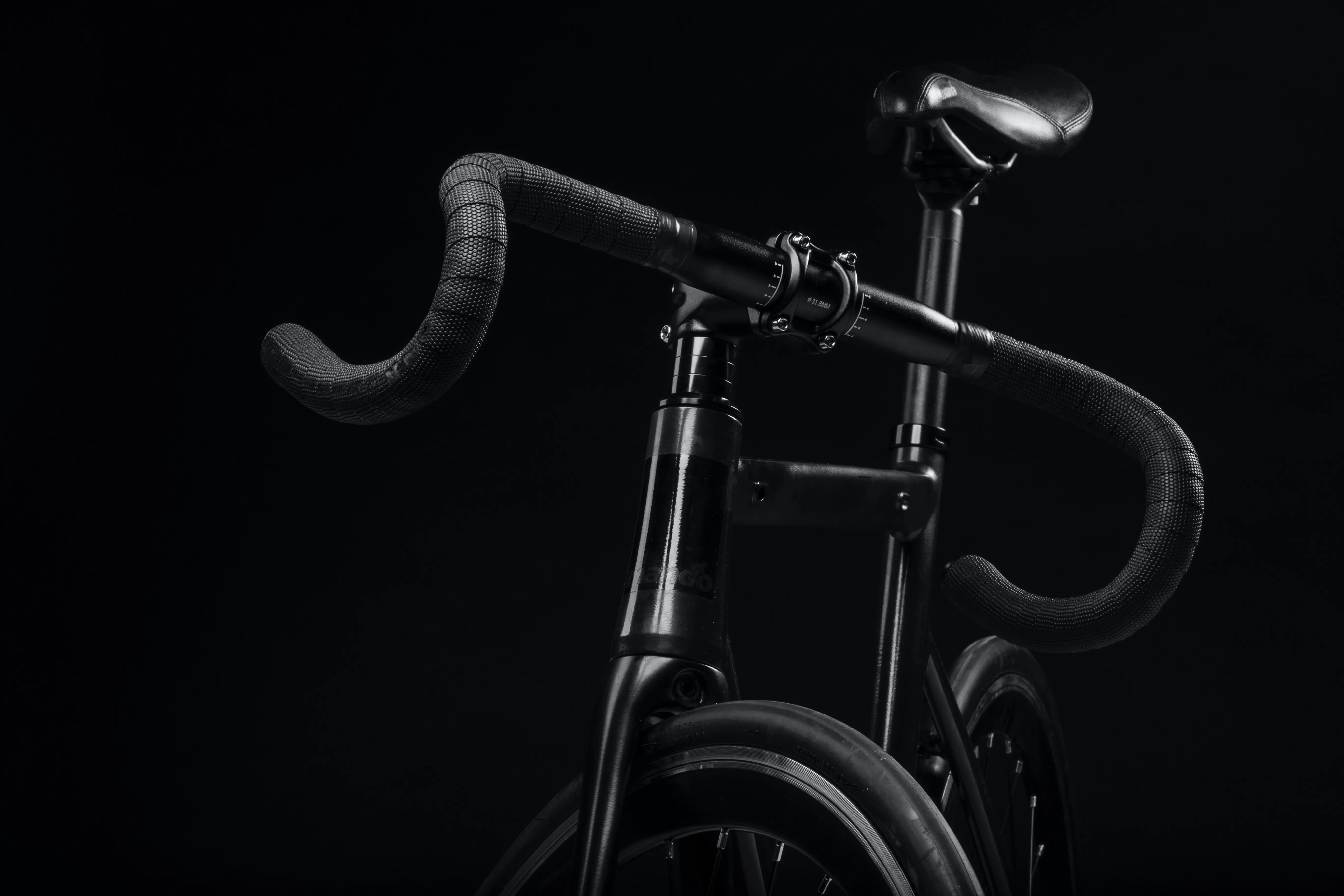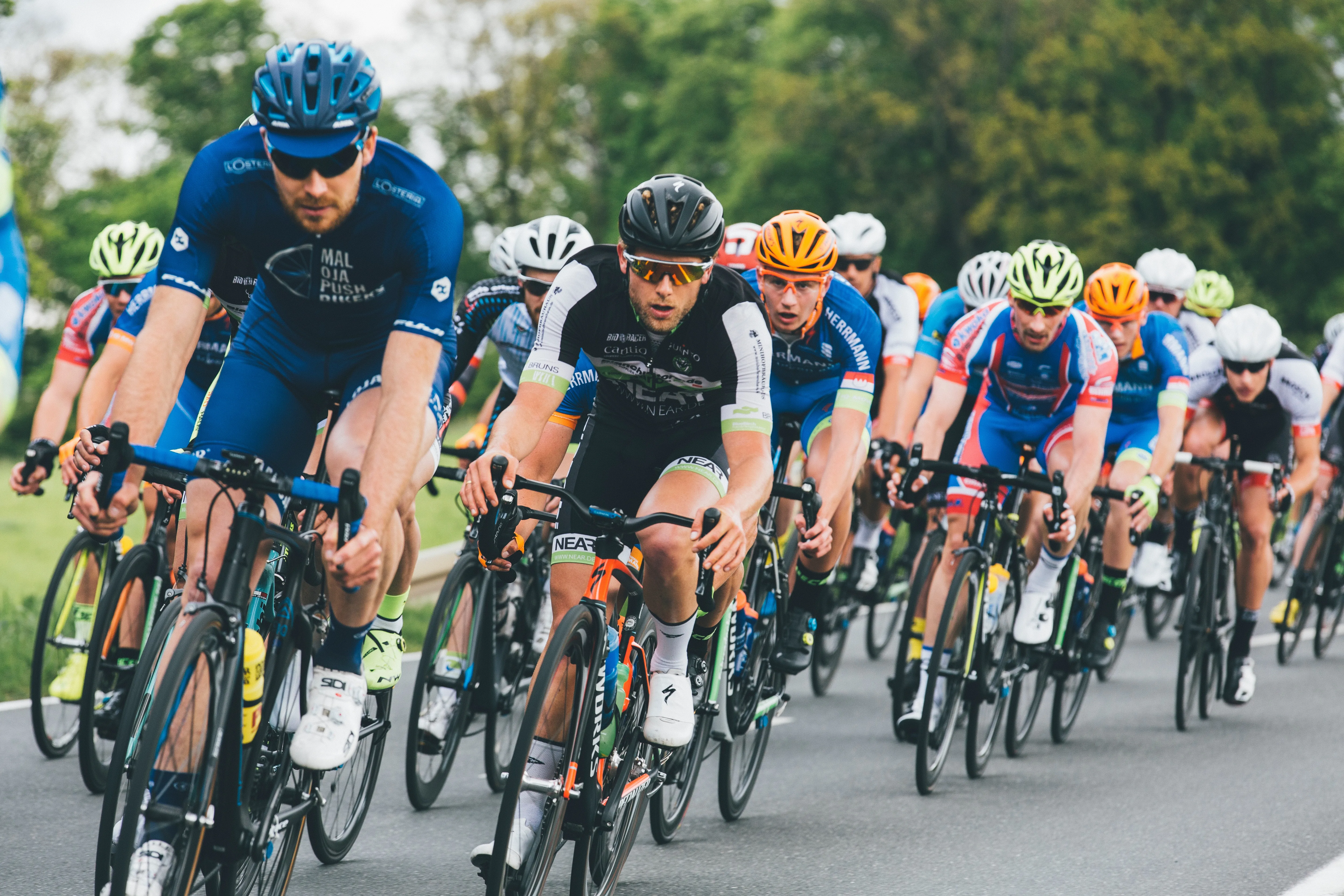Cycling Nutrition: Fueling Your Ride the Right Way

Whether you're an endurance cyclist embarking on lengthy adventures or a sprint cyclist aiming to beat your personal best, what you eat can significantly affect your performance. Understanding the role of nutrition in cycling and the best practices in fuelling your body can give you that extra push you need to reach your cycling goals. This comprehensive guide will delve into the best foods and hydration practices to optimise performance during various types of cycling activities.
Cycling and Nutrition: The Connection
Cycling, particularly over long distances, demands a great deal from your body. It requires endurance, strength, and a whole lot of energy. Just as a car needs petrol to run, your body needs the right nutrients to fuel your ride.
When cycling, your body mainly relies on carbohydrates and fats for energy. How quickly these energy reserves are used up depends on the intensity and duration of your cycling session. Therefore, understanding when and what to eat can optimise your performance and recovery.
Pre-Ride Nutrition
The food you consume before you hop on your bike is crucial in setting you up for a successful ride. In general, your pre-ride meal should be rich in carbohydrates, moderate in protein, and low in fat.
Carbohydrates
Carbohydrates are your body's preferred energy source during high-intensity exercises like cycling. They are stored in your muscles and liver as glycogen and provide fuel for your ride.
What to Eat: Whole grain bread, oatmeal, fruits like bananas, and energy bars are excellent sources of carbohydrates.
Proteins
Protein isn't a primary source of energy for your ride, but it plays a crucial role in muscle repair and recovery.
What to Eat: Eggs, Greek yoghurt, chia seeds, or a small portion of lean meat can give you the protein you need.
Fats
Although fats are a slower and less efficient energy source than carbohydrates, they become important in long-duration, lower intensity cycling.
What to Eat: Avocados, nuts, and seeds are sources of healthy fats.
Ideally, aim to eat your pre-ride meal 2-3 hours before you start cycling. This allows your body enough time to digest the food.
Nutrition During Your Ride
During your ride, the focus is on replenishing the carbohydrates that your body is quickly using up, and staying hydrated.
Carbohydrates
For rides lasting over an hour, you'll need to replenish your carbohydrate stores.
What to Eat: Energy gels, bananas, and dried fruits are portable and quickly
absorbed sources of carbohydrates.
Hydration
Staying hydrated is crucial in maintaining your performance. Fluid loss through sweating can lead to dehydration, which can significantly impact your strength, speed, and endurance.
What to Drink: Water is essential for shorter rides, but for rides over an hour, consider isotonic drinks that can replenish lost electrolytes.
Post-Ride Nutrition
Post-ride nutrition is all about recovery. Here, the focus is on replenishing depleted glycogen stores and repairing muscle tissues.
Carbohydrate and Protein
A combination of carbohydrates and protein helps replenish energy stores and repair muscle tissues.
What to Eat: A carbohydrate-rich meal with a source of protein, such as a chicken pasta dish, is ideal. Alternatively, a protein shake with a piece of fruit can also do the trick.
Hydration
Continue your hydration process even after you finish your ride to replenish any fluids lost.
What to Drink: Water is always an excellent choice. However, if you've had a particularly sweaty session, drinks that replace electrolytes can be useful.
Understanding the connection between what you eat and how you perform can take your cycling to the next level. By fuelling your body with the right foods at the right times, you're not only optimising your performance but also enhancing your overall cycling experience.
Cycling is more than a sport; it's a journey, an adventure. The open roads and winding paths offer a world of possibilities. And with each pedal stroke, you're not just propelling your bike forward – you're also moving towards better health and fitness.
So, strap on your helmet, ready your bike, and fuel up for the ride. Whether you're cycling for fun, fitness, or competition, nourish your body the right way, and it will take you places you've never been. Happy cycling!



